An Exciting New Twist
on Dominican Republic Cacao Flavours
As we welcome the arrival of spring, we’re eager to unveil some fresh additions to our lineup. Prepare to discover a variety of new flavours and profiles that promise to invigorate your senses.
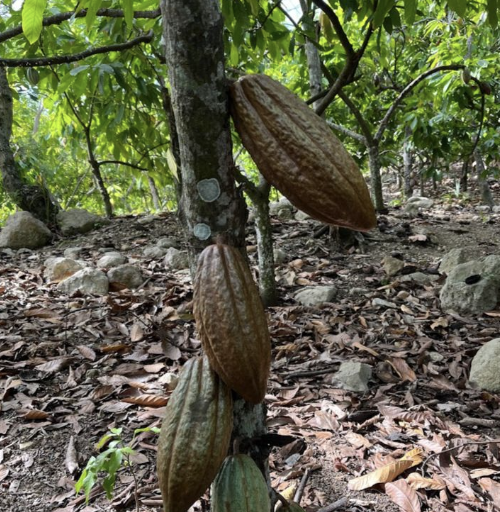
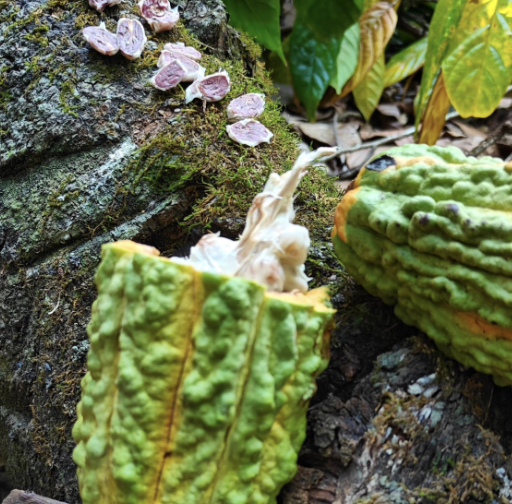
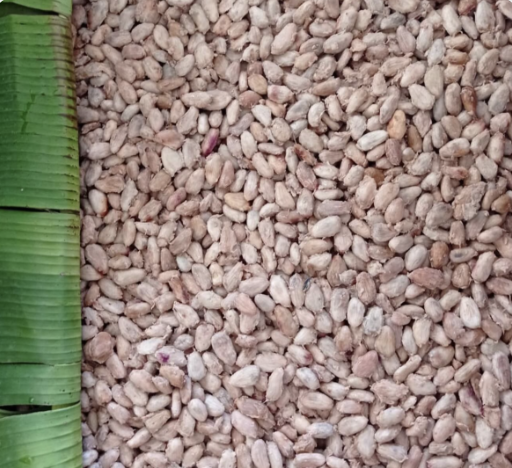
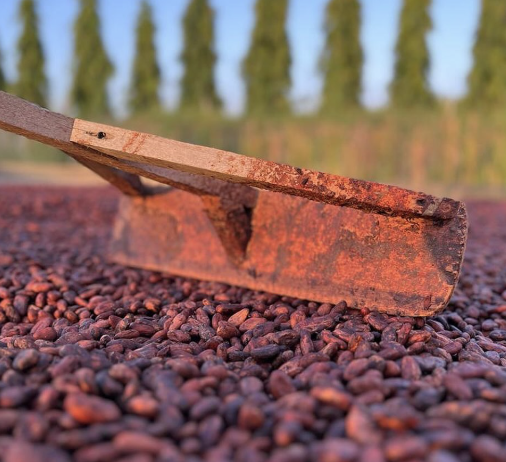
Dominican Republic & Cacao | A Quick Journey through History
The story of cacao in the Dominican Republic spans centuries:

Indigenous Cultivation
The first settlers of the island of Hispaniola (now Haiti/Dominican Republic) were the indigenous Taíno, a people of Arawak descent. They began migrating by canoe from regions such as Belize and the Yucatan peninsula, gradually populating the island between 6000 and 4000 BC.
The Taínos gave the Dominican Republic the name ‘Quisqueya‘, which holds the profound significance of ‘mother of all the lands‘ in Taíno culture. Presently, Dominicans embrace this heritage by proudly identifying themselves as ‘Quisqueyaños’, a testament to their deep cultural roots and strong bond with the land.
The Taíno people were among the earliest cultivators of cacao; they not only consumed cacao, cacao held deep cultural, social, and economic significance in their community.
Many elements of popular Caribbean culture – particularly rural culture, derive from native Taíno traditions. Across the Caribbean, in Jamaica, Cuba, the Domenican Republic,… you can find indigenous influences: herbal traditions, local spiritual or religious customs, traditional agricultural crops and farming methods, home-building techniques, crafts like basketry or fishing nets and everyday vocabulary.
Many words today -especially in the Spanish Caribbean, reflect Taíno influence. Words like ‘barbacoa’ (barbecue), ‘canoa’ (canoe), ‘huracán’ (hurricane), ‘tabaco’ (tobacco), and ‘hamaca’ (hammock) are a testament to the enduring linguistic legacy.


Colonial Influence
Upon Christopher Columbus‘s arrival on the island in 1492, he named it La Isla Española (Anglicized as Hispaniola). To this day, the term “Hispaniola” persists, notably in reference to Hispaniola beans*.
The arrival of Columbus saw the introduction of cacao to Europe, quickly making cacao a prized luxury item. During the colonial period under Spanish rule in the 17th century, cacao cultivation expanded in the Dominican Republic. Large-scale plantations known as ‘haciendas’ were established, making cacao an important export product alongside sugar and coffee.
Subsequently, French influence introduced additional cacao varieties from their colonies. This infusion of diversity catalyzed the flourishing cacao industry, fostering a notable expansion in cacao cultivation over time.
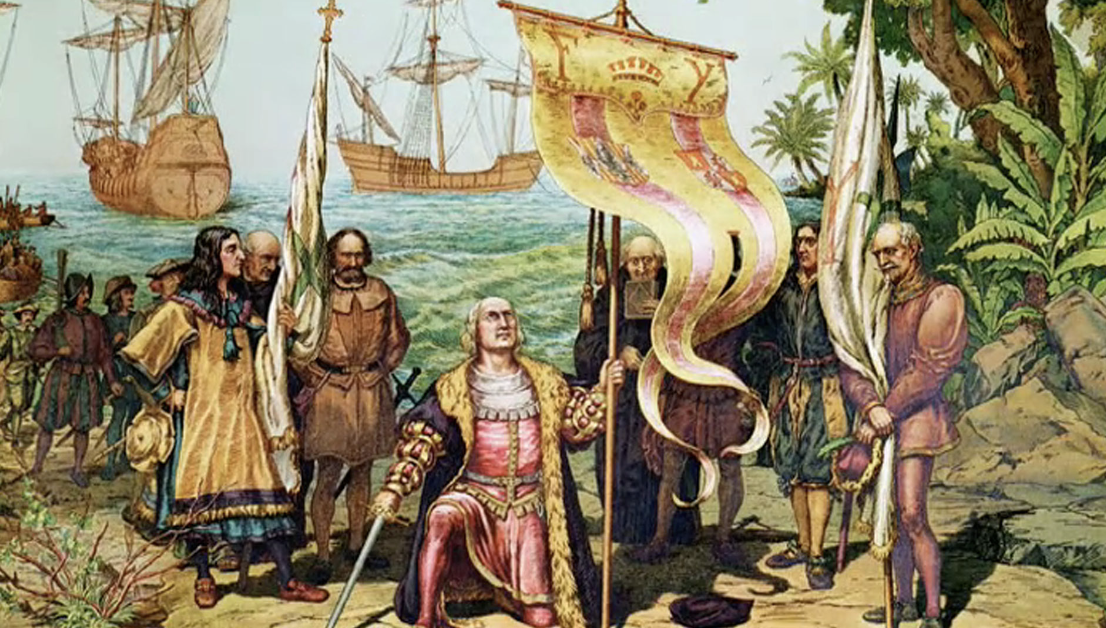
The Dominican Cacao Industry taking root
The Domenican cacao industry began to take root in the 1880s, representing a pivotal shift in the country’s agricultural landscape. Initially introduced as an alternative to tobacco cultivation, cacao quickly gained traction due to its potential for smallholder farming and relatively sustainable production methods.
Cacao became a major export product in the Dominican Republic. It was extensively introduced and cultivated, eventually covering almost 10% of the total agricultural land. Meanwhile, the Dominican Republic boasts a well-developped cacao industry.
Challenges Over Time
One of the notable challenges faced by the developing cacao industry was transportation. In the 19th century, getting cacao from the Cibao zone, where it was predominantly grown, to the port of Puerto Plata for exportation presented logistical hurdles. With a lack of sufficient infrastructure such as roads and bridges, transportation relied heavily on droves of pack animals, such as mules and donkeys, to carry harvested cacao over significant distances.
However, the inauguration of the La Vega-Sánchez Railway in 1887 marked a turning point for the industry. This railway drastically improved transportation efficiency, transforming cacao into the primary export product from the Dominican Republic’s Northeastern region. Over time, the volume of cacao transported via the railway saw exponential growth, from 385 tonnes in 1888 to a staggering 11,521 tonnes by 1911.
Throughout the 19th and 20th centuries, the Dominican Republic maintained its status as a significant cacao producer, facing common challenges such as market fluctuations and diseases.
This is why, starting in the 1960s, the focus of the Dominican cacao industry shifted to improving disease resistance through improved cacao genetics.
Between 1962 and 1966, the country introduced advanced cacao hybrids from Trinidad and Tobago and the Centro Agronomico Tropical de Investigacion y Enseñanza (CATIE) in Costa Rica.
In 1972, the IDIAF established a cacao germplasm collection at the Mata Larga Experiment Station in San Fransisco de Macoris.
In the mean time, the Dominican Republic possesses a wide array of cacao genetics, including strains from Imperial College Selection (ICS) and United Fruit (UF). While these varieties excel in productivity and resistance, there are still undiscovered genetic variations worth exploring…

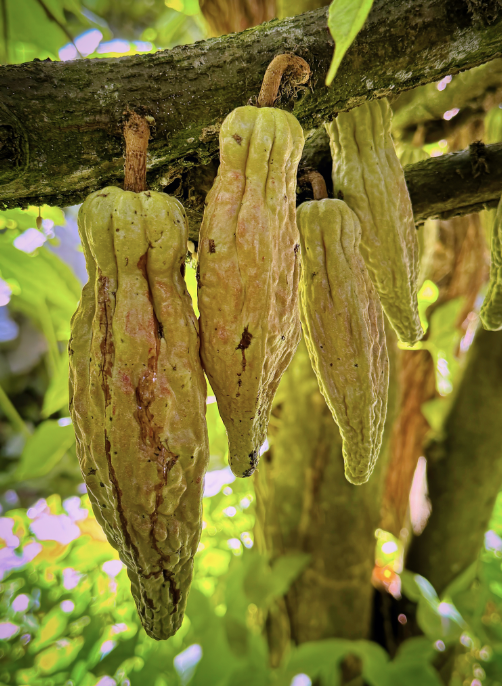
Modern Revival
The year 2013 marked a turning point for the Dominican cacao industry with the global acknowledgment of ‘Dominican Cacao’ as a distinct indication of origin. This recognition sparked a remarkable revitalization within the sector, propelling the emergence of exporters who proudly marketed organic Hispaniola under this prestigious label. Consequently, this resurgence significantly bolstered the revival of the Dominican cacao trade.
Significant efforts have been made to enhance cultivation methods and embrace organic practices,
The result?
- On the one hand you have the traditional ‘CLASSIC’ sector that continues to flourish and produce beans of commendable to excellent quality. Additionally, there has been a rise in the ‘bean to bar’ movement within the industry.
- Amid this evolving landscape, there are also distinctive and ‘adventurous cacao varieties’ that stand out for their somewhat exciting quality. We like to call this unique offering ‘CACAO WITH A TWIST’, reflecting the innovation and diversity within the Dominican Republic’s cacao sector.
A little further below we present our bold new take on flavours from the Dominican Republic – the CACAO’S WITH A TWIST.
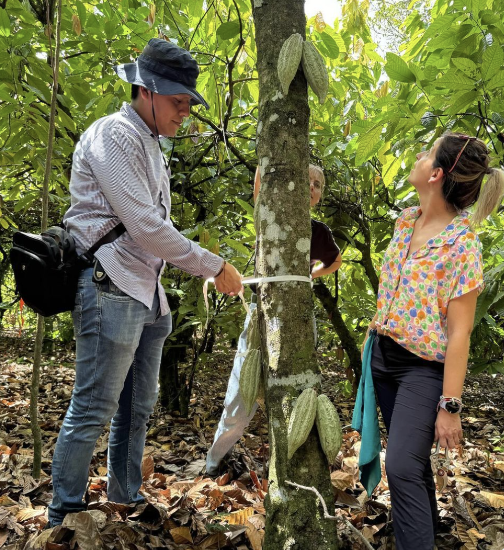
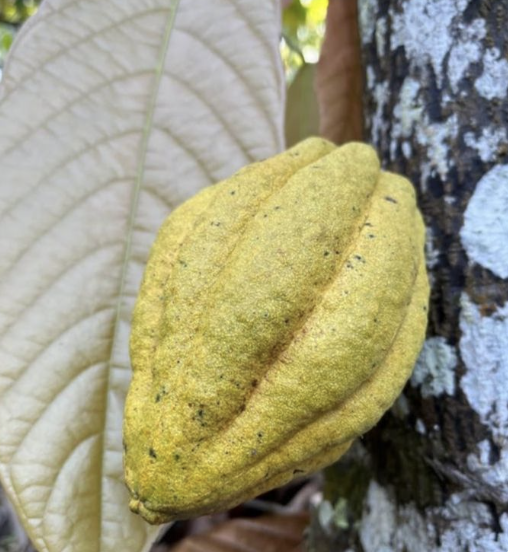
The Dominican Republic I Cacao Facts & Figures
- Sizeable Land Area: Approximately 170,000 hectares of land are dedicated to cacao cultivation in the country.
- Significant Producer Base: The cacao industry involves around 40,000 producers.
- Emphasis on Organic Production: A notable 16.5% of these producers engage in the production of organic cacao.
- Youthful Community: The average age of the cacao-producing community is 28 years old, reflecting a dynamic and youthful workforce.
- Cacao Production: 85,000 tons/year
- Global Ranking: The Dominican Republic ranks as the 9th largest cacao producer worldwide, representing +/- 2% of the world’s production.
- Dominance in Organic Production: The country’s organic cacao production represents a substantial 70% of global organic cacao output.
NEW Launch I NEW Approach on Dominican Republic Cacao Flavours
Our mission with this exciting launch is to shake up the status quo and deliver something truly interesting, atypical and special to the cacao market.
Hidden among the farms lie treasures of unique genetics -untamed by common clones– promising a kaleidoscope of flavours waiting to be discovered…
Returning to the roots of original cacao genetics, inspired by the Taíno heritage and the untouched landscapes of the island, we’re thrilled to unveil something entirely fresh.
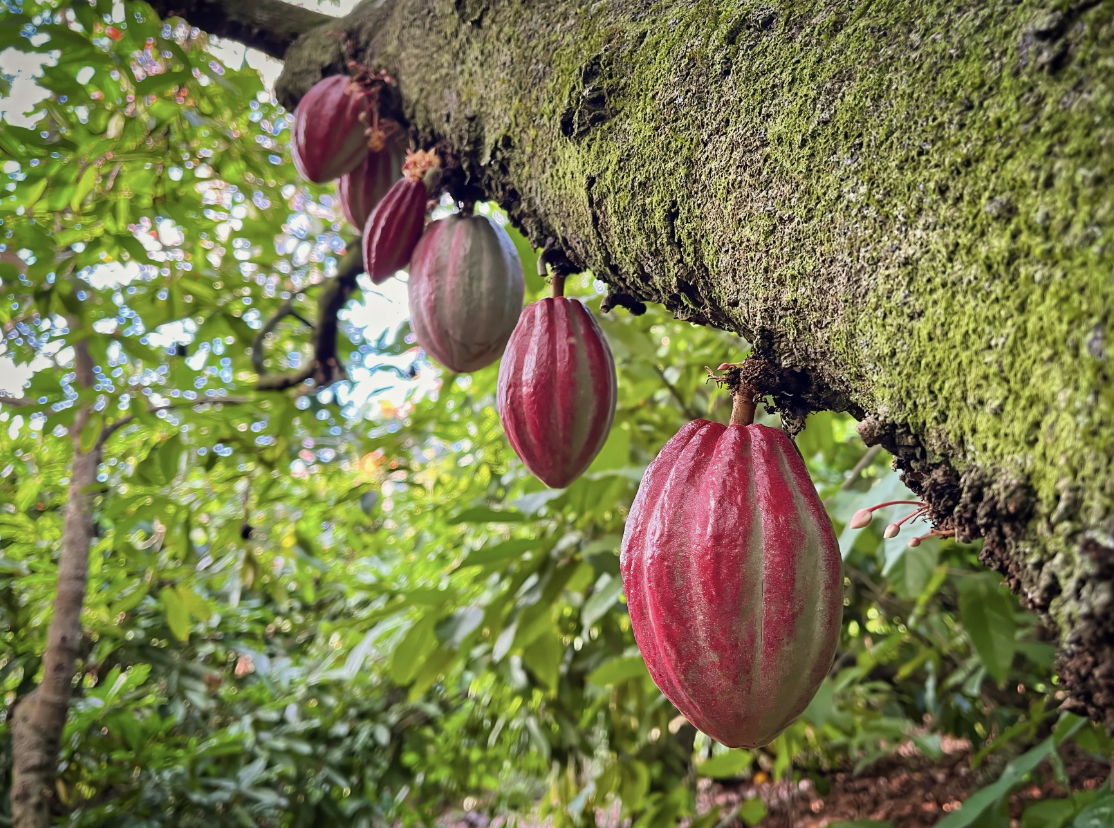
Just as the Taíno people embraced their own culture and traditions, we’re bringing you Dominican Republic flavours that defy expectations. These flavours -born from the heart of the island- carry their own signature, reflecting the spirit and identity of the Taíno.
- Sourced from single farms
- Featuring uncommon genetics
- Expertly adapted through tailored post-harvest techniques
- Meticulously mapped using GPS and compliant with EUDR standards
SILVA CACAO PRESENTS…
TWO COLLECTIONS SINGLE FARM CACAO WITH A TWIST
>>> Collection ‘Taíno’
Contained within this collection are two distinct cacao varieties hailing from Puerto Plata Province, sourced directly from the esteemed estates of ‘Los Marmolejos’ and ‘Soliman’.
Historically, this region served as the central hub for cultivating and exporting cacao. Consequently, it retains its status as the premier destination for encountering the purest and most genuine cacao genetics available.
In homage to the profound legacy of the Taíno people, whose name signifies “men of the good” or ‘good people’, we endeavor to embrace and pay tribute to their essence through this curated selection of historical cacao.
Taíno ‘Los Marmolejos’
Microlot | Province Puerto Plata
In the northern Dominican Republic, nestled in Guananico, Alejandro has created something exceptional. Beyond his role as a farmer, Alejandro’s charismatic personality reflects in his cacao beans. By meticulously separating and employing a tailored post-harvest process, he achieves a unique flavor profile. Expect notes of malt, roasted hazelnut, plum, subtle sweetness reminiscent of honey, and a lingering spicy finish.
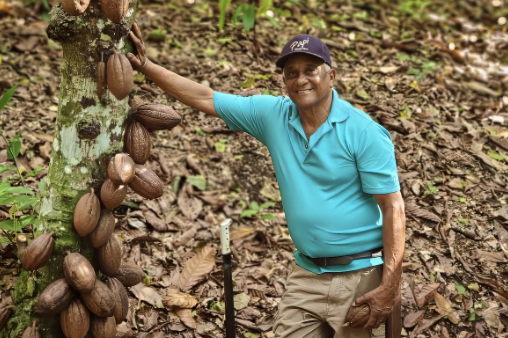
Taíno ‘Soliman’
Microlot | Province Puerto Plata
In the northern Dominican Republic, Leo’s farm stands out for its picturesque hillside location and stunning vistas. What truly distinguishes Leo’s farm, however, is his cacao production. With unique microlots and precise post-harvest processes, Leo unveils flavours and complexities that delight chocolate enthusiasts. The cacao boasts a remarkable flavor profile, with spicy notes of black currant and licorice, alongside hints of toffee, peppermint, and biscuits. This diversity makes it perfect for pairing and showcases Leo’s dedication to quality and innovation in farming.
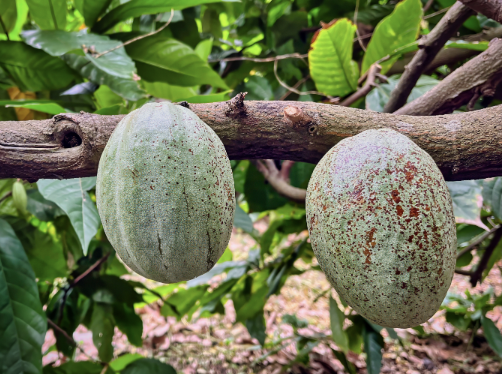
>>> Collection ‘Tanama’
Introducing the Tanama Collection, sourced from the Hermanas Mirabal Province, showcasing three distinct specialty cacaos cultivated at ‘Monte Adentro’, ‘La Jaguita‘, and ‘Los Robles‘ farms.
The name Tanama, derived from the Taino language, meaning ‘butterfly’, pays homage to the Mirabal sisters. These remarkable women -Patria, Minerva, and María Teresa- championed resistance against the dictatorship of Rafael Trujillo (el Jefe), ultimately sacrificing their lives. The tragic murder of the Mirabal sisters ignited widespread public outcry, catalyzing the demise of Trujillo six months later at the hands of former allies. Revered as ‘Las Mariposas’ or ‘The Butterflies,’ the Mirabal sisters remain enduring symbols of democratic and feminist resistance.

Tanama ‘Monte Adentro’
Province: Hermanas Mirabal
Similar to the Soliman farm, Arsenio’s farm is perched atop the hills of Hermanos Mirabal. Arsenio has a deep connection with his cacao, treating it with the care and attention he would give his own children. He knows every plant on his farm intimately and takes immense pride in his unique and ancient cacao genetics. The farm is a true gem, meticulously tended to. While the raw beans seem less expressive, after roasting it results in addictive flavours of toffee, mocha, macadamia, marzipan and dried pineapple, offering an authentic experience.

Tamana ‘La Jaguita’
Province: Hermanas Mirabal
Nestled in Hermanos Mirabal, Moises‘ farm stands out from the rest. While surrounding farms focus on typical hybrids, Moises prioritizes preserving the cacao trees passed down from his grandparents. Through customised post-harvesting techniques, he has perfected a cacao with sweet liqorice notes, yellow fruit and lemongrass, along with delightful herbal undertones. Additionally, everything on the farm is organic, and the larger beans make them a favorite among chocolate makers.
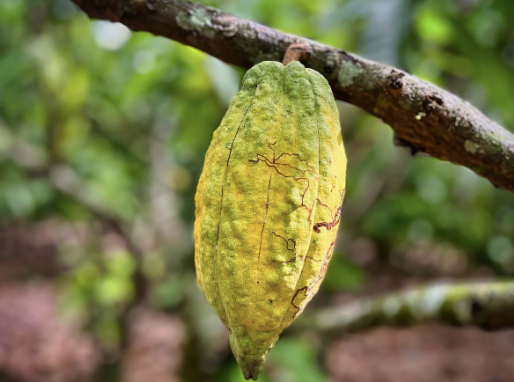
Tamana ‘Los Robles’
Province: Hermanas Mirabal
Moises is dedicated to preserving traditional cacao on his second smaller farm, “Los Robles,” located in Hermanos Mirabal. Despite the prevalence of common hybrids in the area, Moises continues to nurture the cacao trees passed down from his grandparents here as well. Through his tailored post-harvesting methods, he has achieved a special cacao produced on this farm. Combining a hints of rhum, coffee, nutty, strawberry and subtle hint of rosemary, This blend of flavours reflects Moises’ expertise and commitment to producing exceptional cacao.
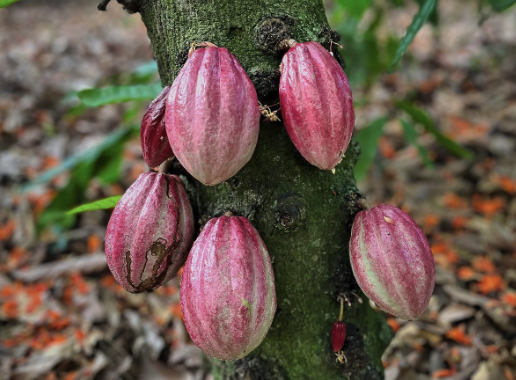
AND ONE COLLECTION SIGNATURE CACAO
Caribe ‘Signature’
Province : Puerto Plata & Hermanas Mirabal
Presenting the Caribe Regional Cacao: Derived from the Taíno word meaning ‘brave people,‘ Caribe embodies the spirit of the Caribbean. Originating from seven farms nestled in the Puerto Plata region, this blend masterfully intertwines indigenous cacao varieties with hybrids. Expect a symphony of rich tones of pecan nuts, chocolate complemented by sweet accents and delightful woody and herbal nuances.

All Domenican cacao is currently ‘en route’,
and as you read this, it’s sailing towards our warehouse.
We eagerly await its arrival in early May.
Belgian Team Work Makes the Dream Work
There’s nothing inherently special about the soil that makes Belgian chocolate superior. Instead, it’s the combination of skills, ingredients, and craftsmanship that truly sets chocolate apart. The introduction of these new cacaos became feasible through a distinctive Belgian partnership with a global flair.
Colors Cacao –with its Belgian heritage and Dominican Republic base, specializes in tropical fruits and has leveraged its decade-long expertise to delve into cacao and chocolate production.
Our partners at Zoto meticulously tailor the post-harvest processes of each farm to maximize its potential.
Additionally, Chocolatoa trains local teams to create not only premium chocolate bars and pralines but also intriguing culinary creations.
Together, we’ve made this (ad)venture possible!
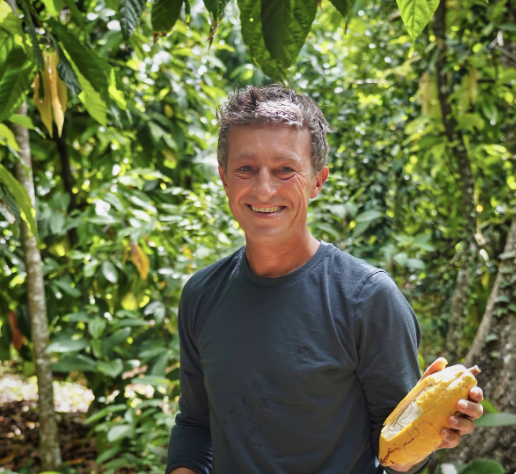

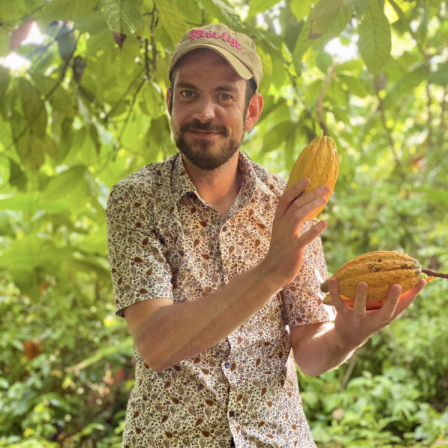
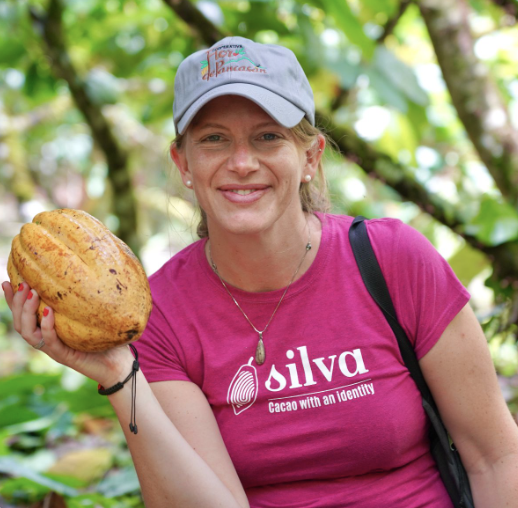
KUDO’S, CREDITS & INSPIRATION
NOTES, KUDO’S, CREDITS & INSPO
*good (and nice) to know: we still see the word ‘hispaniola’ in connotation with cacao, namely when we speak of cacao hispaniola – cacao that has been properly fermented.
Photo credits: Thank you, Colors Cacao
United Confederation of Taíno People (UCTP)
USDA & iesc – Dominican Republic Cocoa Supply Case Study
Chocolatoa
SILVA CACAO | Dominican Republic – Taino – Los Marmolejos
SILVA CACAO | Dominican Republic – Taino – Soliman
SILVA CACAO | Dominican Republic – Tanama – Los Robles
SILVA CACAO | Dominican Republic – Tanama – Monte Adentro
SILVA CACAO | Dominican Republic – Tanama – La Jaguita
SILVA CACAO | Dominican Republic – Caribe Signature
